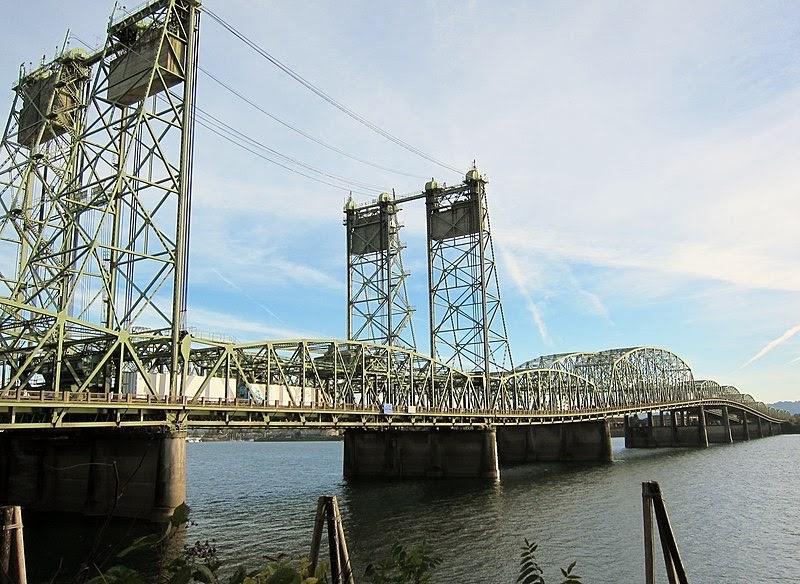
After 25 years of consideration, the preliminary engineering phase for a bridge to replace the I-5 bridge connecting Portland and Vancouver is slated to begin soon, with the Joint Policy Advisory Committee on Transportation endorsing $36 million in funding from Oregon. Construction is currently estimated to break ground in 2025 and wrap up in 2032.
To help meet the cost of the bridge, variable pricing tolls will likely be introduced to the bridge. The month of November marked the start of community engagement efforts to get feedback on the list of preliminary design options being considered for further analysis, with a survey on community priorities for a new bridge up on the project’s website until December 10, in addition to a virtual open house.
The Interstate Bridge Replacement (IBR) program is a combined effort from Oregon’s and Washington’s governments. In a press conference, the IBR program explained their goals: to improve congestion and reliability, decrease seismic vulnerability, increase mass transit access, remedy impaired freight movement, meet active transportation needs, and resolve safety concerns. One of these goals, congestion relief, is met with worry from climate-minded community organizations who fear that any added lanes, even auxiliary ones, will increase both traffic and greenhouse gas emissions.
As per the press conference, the oldest parts of the bridge were initially constructed in 1915, and the bridge currently sits on wood piles in silty soil, posing questions surrounding its ability to withstand an earthquake. The replacement is slated to be built alongside the current Interstate Bridge in order to minimize impact on travel. The previous attempt to replace the bridge, the Columbia River Crossing (CRC), was polarizing among both politicians and the public, receiving concerns from the Environmental Protection Agency primarily focused around the impacts of construction and possible increased traffic on the health of the primarily low income communities and communities of color that live around I-5. Air and noise pollution from motor vehicles can impact the health of communities surrounding high traffic areas. The CRC was eventually shut down for good in 2013 when government support dwindled.
The IBR program is not without its own conflicts, with a group of local climate and community organizations releasing an open letter to the IBR program on November 8 urging the program to not increase the number of lanes from that of the current bridge due to concerns surrounding increased numbers of cars and consequently, increased carbon emissions, alongside demands for increased transparency and equity. Among the signers include representatives from the Native American Youth and Family Center and climate justice organization Sunrise Movement PDX, as well as former mayoral candidate Sarah Iannarone, who came as a representative of The Street Trust.
Current plans, as outlined in the press conference, include some form of mass public transit to connect Portland and Vancouver, likely either bus rapid transit or light rail; details are being hashed out with C-TRAN and Trimet. IBR program leadership expects the program to, both directly and indirectly, have the potential to create 30,000 jobs, including internship opportunities for youth.
Program Administrator Greg Johnson has previously worked on the Gordie Howe International Bridge, connecting Detroit, Michigan to Windsor, Ontario in Canada. “The thing that brought me out here was that this is such a worthy project,” he says. “You’re talking about a 104-year-old bridge that’s seismically vulnerable, and the congestion is just out of hand out here, so I think it’s worthy of my effort, my time, and the time of the folks in the community to get this solved so we don’t pass it along to another generation of folks who will have to wrestle with it later.”
For more news and information about the IBR program, go to www.interstatebridge.org.
































